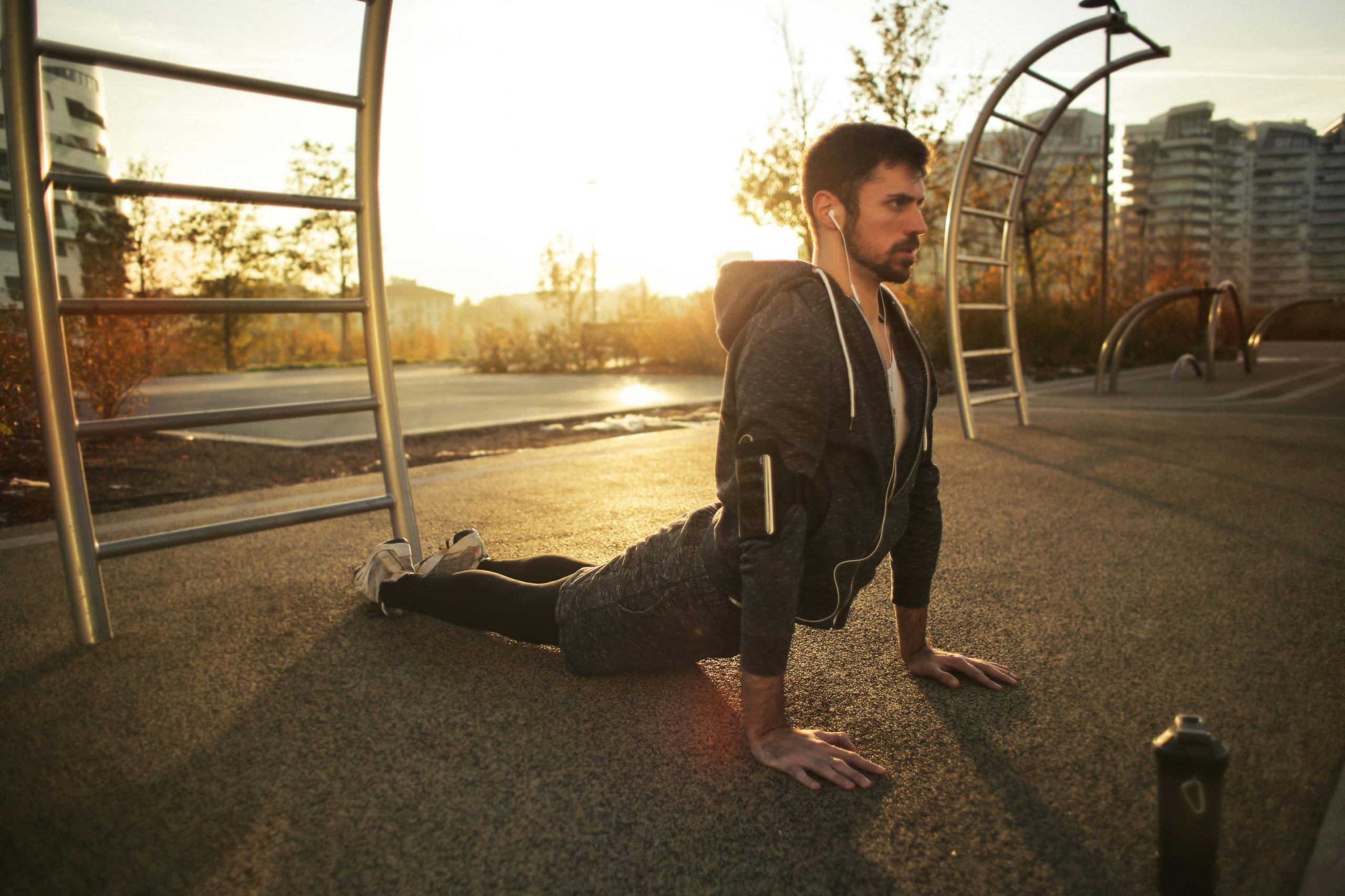The Difference Between Active and Passive Stretching
Introduction
Stretching is a cornerstone of fitness, rehabilitation, and overall well‐being. Yet not all stretches are created equal. Two of the most common categories—active and passive stretching—employ different techniques, engage different muscle groups, and serve distinct purposes. Understanding their differences allows you to tailor your routine for improved flexibility, injury prevention, and performance gains. In this article, we’ll define active and passive stretching, explore their unique mechanisms, benefits, drawbacks, and provide practical examples to help you integrate both into a balanced flexibility program.
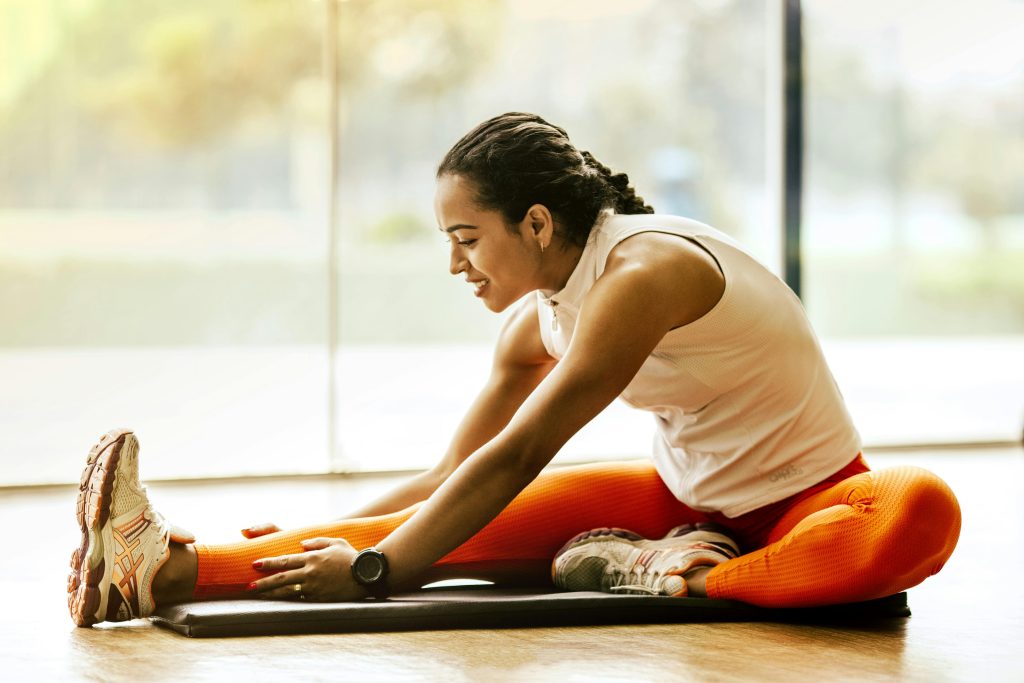
What Is Active Stretching?
Definition and Mechanism
Active stretching occurs when you use your own muscular strength to hold a stretch position, without external assistance. In essence, the agonist muscle (the one doing the stretching) contracts to move the joint into the desired range of motion, while the antagonist muscle (the one being stretched) lengthens.
- Example: Lifting your straight leg in front of you (hamstring stretch) and holding it using only your quadriceps and hip flexors, with no hand support.
Key Characteristics
- Muscle activation: Requires engagement of the opposing muscle groups.
- Proprioceptive demand: Builds neuromuscular control and body awareness.
- Dynamic control: Often used as part of a dynamic warm-up to prepare muscles for activity.
Benefits of Active Stretching
- Improved muscular coordination: By activating one muscle group to stretch another, you enhance intermuscular communication.
- Injury prevention: Prepares muscles and tendons for dynamic movements, reducing the risk of strains.
- Functional flexibility: Mirrors the movement patterns you’ll use in sports or daily life.
Drawbacks and Considerations
- Requires baseline strength: Beginners or those recovering from injury may struggle to hold positions.
- Limited maximum range: You may not achieve as deep a stretch compared to passive methods.
What Is Passive Stretching?
Definition and Mechanism
Passive stretching involves using an external force to hold a stretch. This force can come from a partner, a strap, gravity, or a prop. The muscle being stretched (the agonist) remains relaxed, while an external aid moves the joint into a greater range of motion.
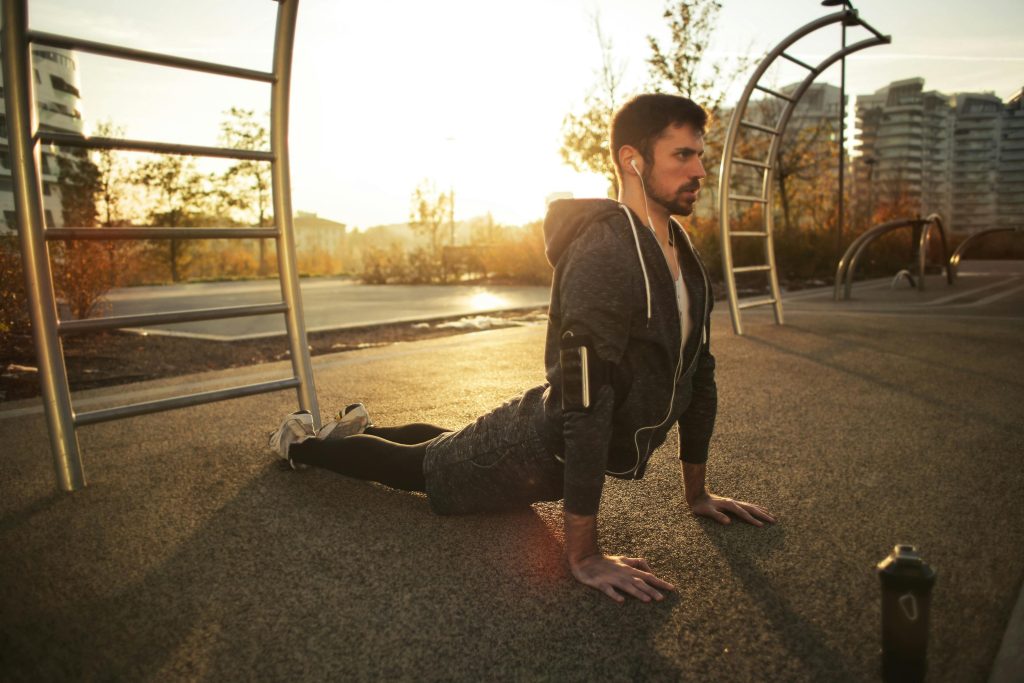
- Example: Lying on your back and pulling one knee toward your chest with your hands, or using a resistance band to pull your leg into a hamstring stretch.
Key Characteristics
- External assistance: Relies on gravity, tools, or a partner to maintain the stretch.
- Muscle relaxation: The target muscle doesn’t actively contract, allowing a deeper stretch.
- Static hold: Often held for longer durations (15–60 seconds) to encourage tissue elongation.
Benefits of Passive Stretching
- Increased range of motion: External force enables you to reach deeper into the stretch.
- Muscle relaxation: Ideal for cool-down routines and facilitating recovery.
- Accessibility: Suitable for individuals with limited strength or flexibility.
Drawbacks and Considerations
- Reduced neuromuscular control: Doesn’t engage stabilizing muscles, so functional transfer to performance may be limited.
- Potential overstretching: Without proper control, it’s easy to exceed comfort limits and risk injury.
Active vs. Passive: A Side-by-Side Comparison
| Feature | Active Stretching | Passive Stretching |
|---|---|---|
| Muscle Engagement | Agonist muscles actively contract | Target muscles remain relaxed |
| Assistance | No external aid | Requires partner, prop, or gravity |
| Range of Motion | Moderate; limited by your own strength | Deeper; augmented by external force |
| Proprioception | High—enhances neuromuscular awareness | Lower—focuses on muscle lengthening |
| Best Use | Dynamic warm-ups, functional flexibility | Cool-downs, rehabilitation, deep flexibility |
| Time Held | Short holds (5–15 seconds) or dynamic repetitions | Longer holds (15–60 seconds) |
| Risk of Injury | Lower if performed with control | Higher if overstretched without feedback |
When to Use Active Stretching
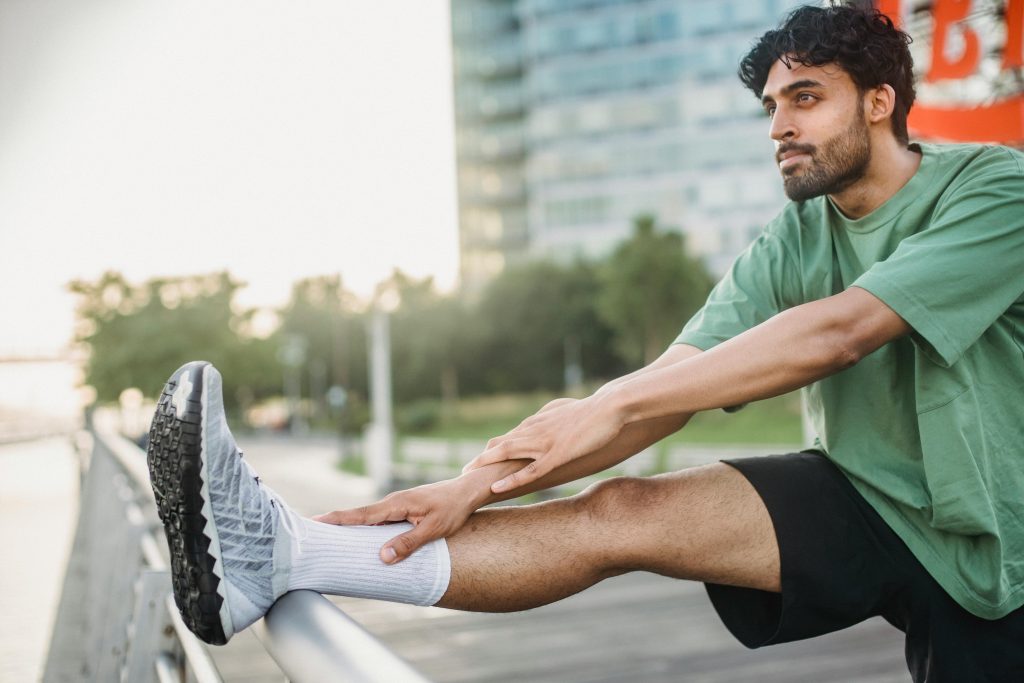
- Before Exercise (Warm-Up):
- Leg Swings: Swing each leg forward and back, actively using the hip flexors and hamstrings to warm up the joint.
- Arm Circles: Engage shoulder girdle muscles to prepare for overhead movements.
- Improving Sports-Specific Mobility:
- Active Overhead Reach: Lift arms overhead by contracting upper-back muscles, stretching the lats actively before a shoulder workout.
- Dynamic Hip Openers: Alternate lifting your knee to your chest, then rotating it outward to mimic running or kicking motions.
- Rehabilitation and Motor Control:
- Active Ankle Dorsiflexion: While seated, flex your foot toward you and hold to strengthen anterior shin muscles and improve ankle dorsiflexion.
When to Use Passive Stretching
- After Exercise (Cool-Down):
- Hamstring Pull: Lie supine and pull one leg into your chest using a strap, holding for 30 seconds to aid recovery.
- Quad Stretch: Stand and pull your heel toward your buttocks with your hand or a strap, relaxing the quadriceps.
- Improving Extreme Flexibility:
- Partner-Assisted Splits: A coach gently pushes your hips deeper to lengthen hip flexors and adductors.
- Gravity-Assisted Backbend: Arch backward over a stability ball to passively open the chest and spine.
- Therapeutic and Relaxation Purposes:
- Passive Neck Stretch: Sitting upright, let your head fall to one side, using your hand to gently increase the stretch on the opposite trapezius.
- Child’s Pose with Support: Kneel and sit back on your heels, leaning forward over a bolster to passively stretch the lower back.
Blending Active and Passive Techniques for Optimal Flexibility
A balanced program incorporates both active and passive stretches at appropriate times:
- Dynamic Warm-Up (Active Focus): 5–10 minutes of active, dynamic stretches to prime muscles and joints.
- Main Workout: Perform strength or skill work.
- Cool-Down (Passive Focus): 10–15 minutes of passive, static stretches to promote recovery and elongate muscle fibers.
By sequencing active before exercise and passive afterward, you maximize performance benefits and minimize injury risk.
Safety Tips and Best Practices
- Listen to Your Body: Stretch to a point of mild tension, never sharp pain.
- Control the Movement: Whether active or passive, avoid bouncing (ballistic stretching) to prevent muscle tears.
- Warm Muscles First: Stretching cold muscles increases injury risk—use light cardio or active stretches to warm up.
- Hold Times:
- Active: 5–15 seconds or 5–10 controlled repetitions.
- Passive: 15–60 seconds, depending on experience level.
- Consistency: Flexibility improves with regular practice—aim for 3–5 sessions per week.
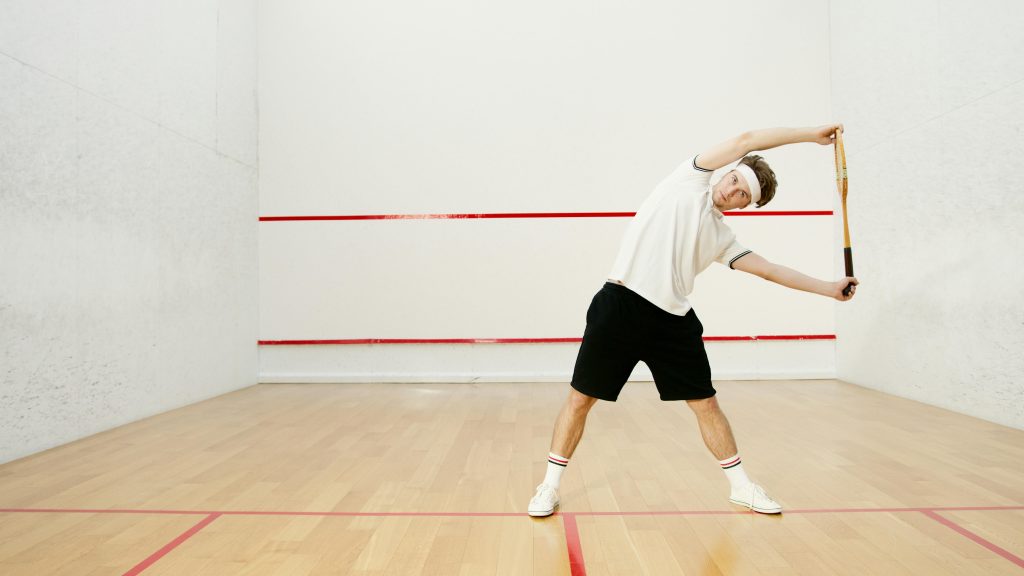
Conclusion
Active and passive stretching each serve valuable roles in a well-rounded fitness regimen. Active stretching builds functional mobility, neuromuscular control, and prepares your body for dynamic activities. Passive stretching excels at achieving deeper lengthening and aiding recovery post-exercise. By understanding their differences and strategically combining both methods—dynamic active stretches before your workout and passive holds afterward—you’ll enhance flexibility, reduce injury risk, and support overall performance and well-being.
